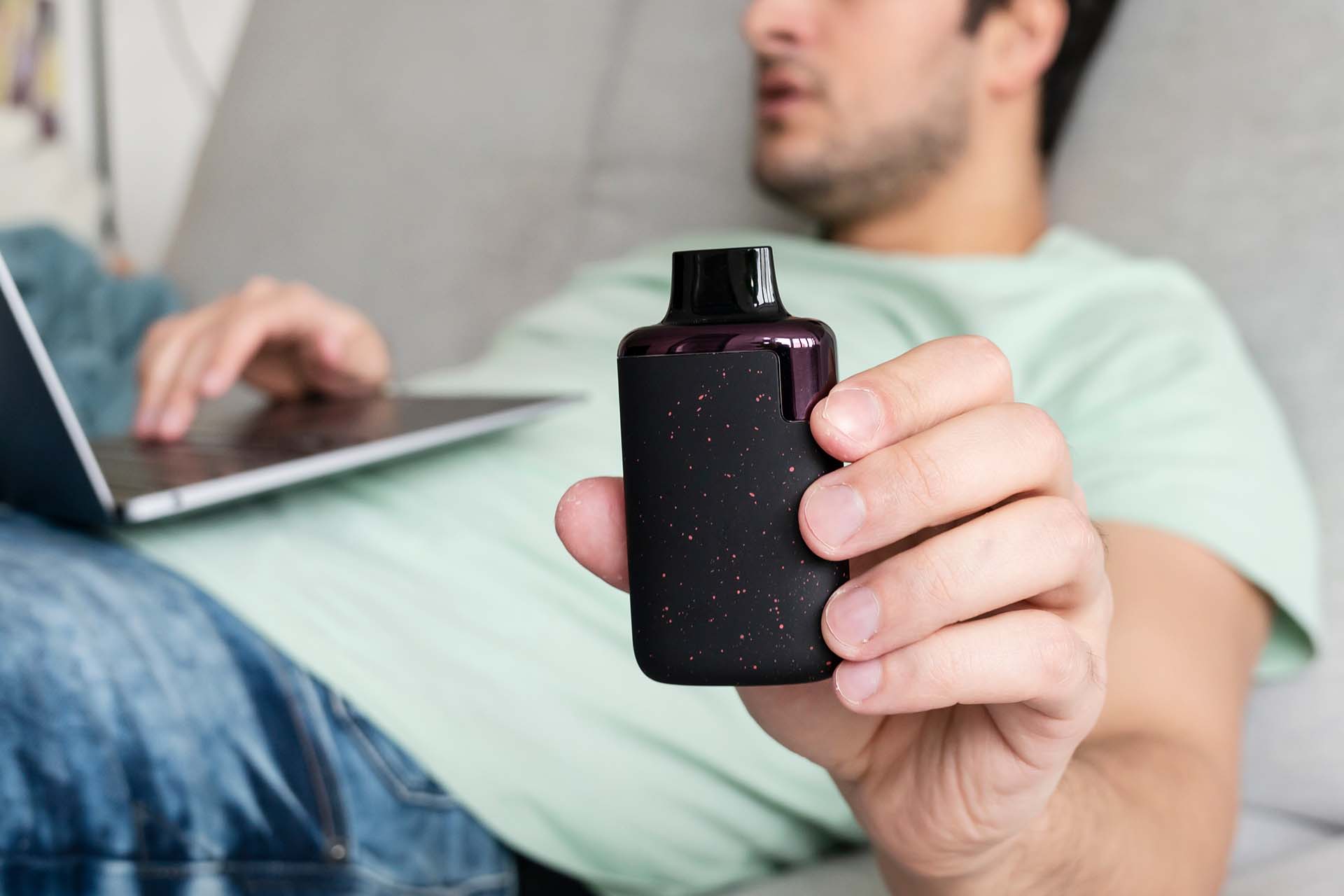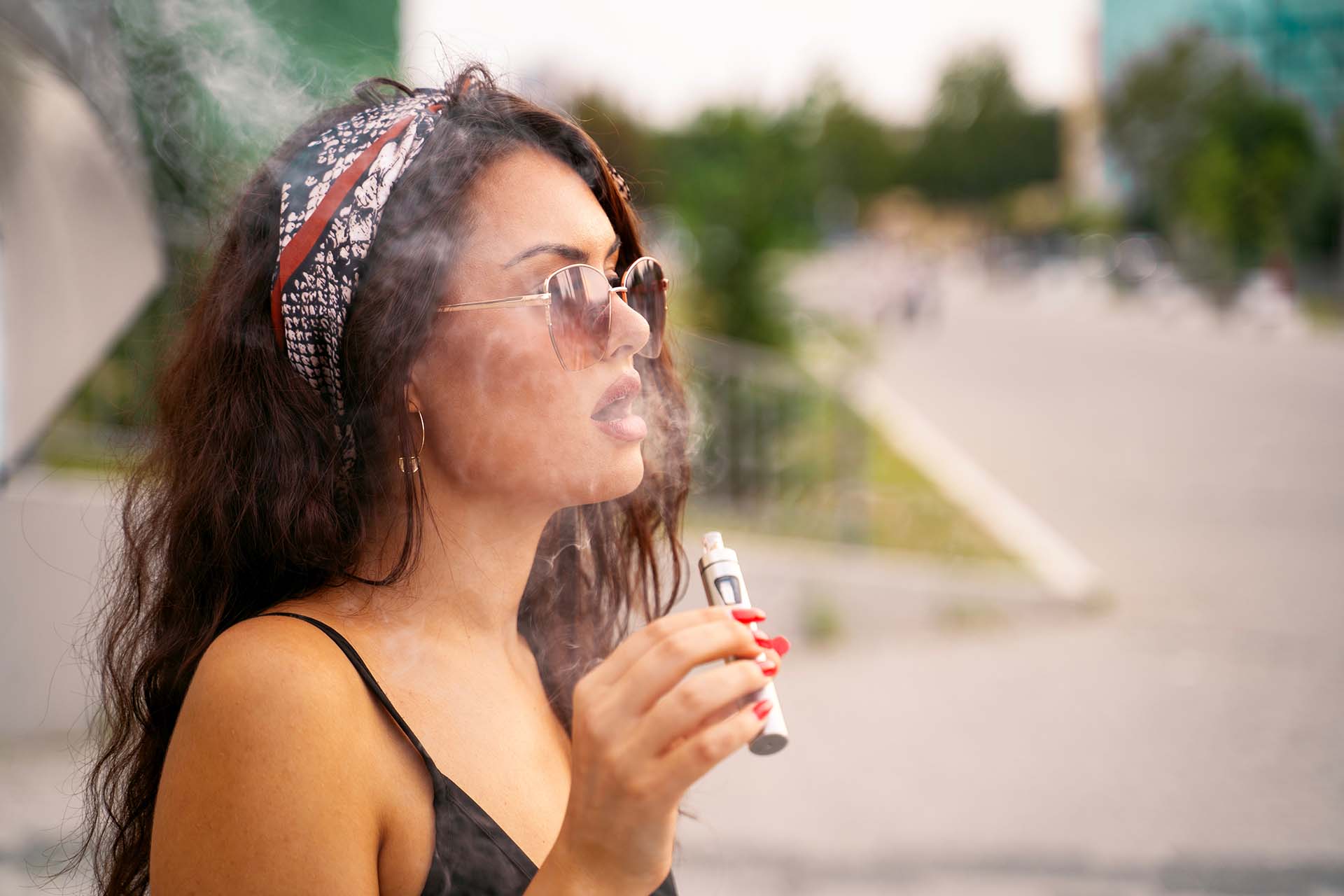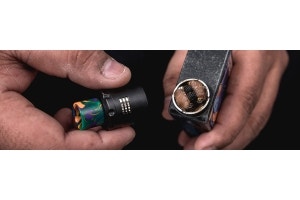Harmless or Less Harmful? The Truth About Vaping
There’s a big difference and the truth hasn’t changed.

In the hazy world of vaping, separating fact from fiction can be as tricky. Whether you're an ardent vaper, a health-conscious individual, or even a smoker considering making the switch, it's absolutely vital to grapple with the truth about the harm — or lack thereof — in those ethereal clouds. Here, we're not just blowing smoke; we’re on a mission to shed light on the science, the studies, and the significant nuances in the vaping health narrative.
A Puff of History
Before we plunge into the data, consider how quickly vaping has steamrolled its way into mainstream culture. What began as a somewhat niche activity has ballooned into a multi-billion dollar industry, with sleek devices that double as fashion accessories and E-liquids in a huge variety of flavours. But alongside this explosion of the vaping scene comes a dense fog of controversy.
Understanding Vaping Harm
One of the key debates within the vaping community revolves around the harm profile of E-cigarettes. Are they truly the knight in shining armour for smokers, providing a less-harmful alternative to traditional cigarettes, or are we merely swapping one cloud of danger for another? Experts draw a stark line between "harmless" and "less harmful," a differentiation that can make all the difference to public health narratives.
The ingredients in E-liquids, specifically the cocktail of propylene glycol, vegetable glycerin, nicotine, and various flavourings, carry their own set of health considerations. When compared to the thousands of chemicals and carcinogens in cigarette smoke, however, it starts to become clear how much less harmful vaping is.

The Science Behind the Vapour
But what does the scientific community say? Recent studies that have made headlines suggest a correlation between vaping and potential harms, such as damage to mouth DNA similar to that incurred by smoking, which raises the spectre of cancer. Yet, it’s crucial to interpret such findings with a critical lens — the same researchers took care to underline that their results do not directly attribute vaping to the development of cancer. And, as Cancer Research UK pointed out, the study showed only that there were some changes and not what those changes might be doing.
Indeed, the long-term effects of vaping are still largely uncharted waters. The relative ‘newness’ of these technologies means that the scientific community is playing catch-up, with ongoing studies foretelling a multi-dimensional health picture that grows clearer with each passing year. But honestly, all this chatter just keeps the same old story alive: vaping isn't harmless - we know, but it's still less harmful than smoking. For this reason, it's not suggested for non-smokers to take up vaping because you're already doing the least harmful thing!
Vaping as a Harm Reduction Strategy
For those struggling to kick the smoking habit, vaping has emerged as a compelling harm reduction tool. Public health advocates have made strides in positioning vapes as a bridge to a smoke-free life, emphasizing the reduction in risks rather than the complete eradication. However, the effectiveness of vaping as a cessation device remains a topic of hot debate, with the scientific community and health organizations incongruous in their stances.
Harm reduction, a principle entrenched in the public health playbook, champions the idea of minimizing the detrimental impact of substance use rather than demanding abstinence. In the context of vaping, this translates to a potential reduction in the significant health toll exacted by smoking, provided it serves as a stepping-stone, not a permanent crutch.

Decoding the Vape Verdict
Nevertheless, understanding the gradient between "harmless" and "less harmful" is critical in this dialogue. The term harmless implies a complete absence of risk or negative effects, suggesting that engaging in an activity or using a product is entirely safe. On the other hand, less harmful admits the presence of some risk, albeit significantly reduced compared to another reference point — in this case, traditional cigarette smoking.
This distinction is crucial because it frames vaping as a preferable alternative for current smokers due to its reduced harm profile, not as a risk-free choice for the general population. It's a subtle but important nuance that supports informed decision-making in public health.
For vapers, making sure you're using trusted retailers for vape juice and devices is a must. Transparency in product ingredients, purchases from trusted vendors, and keeping in the know about all things in the community are all steps to keep your vaping experience as safe as possible.
For the larger public, it’s important to keep up-to-date with the latest studies and for those outside the community to engage, not as antagonists, but as partners in progress. By taking the time to read up and learn about the science rather than flashy headlines we can help create a smokefree future for all.
The Cloud’s Silver Lining
In the fog of "what-ifs," one fact stands out like a lighthouse — vaping is the less harmful alternative to smoking, offering a glimmer of hope for those trying to ditch the old-school smokes. Sure, there's a lot of chatter and cloudiness surrounding it, but isn't there a silver lining for folks wanting to escape the grip of traditional tobacco? The talk around vaping is as thick as pea soup, but hey, it's a conversation worth diving into, chewing over, and turning into a story that sticks to the facts while looking out for our collective health.
As for the long-term health effects of vaping? Well, the jury's still out but more studies will likely continue to glimpse into the effects. But here's the thing: vaping responsibly might just be the lesser of two evils compared to lighting up a cig. It's up to us to sift through the info, size up the risks, and make choices that steer us towards a healthier horizon.


 UAE
UAE









